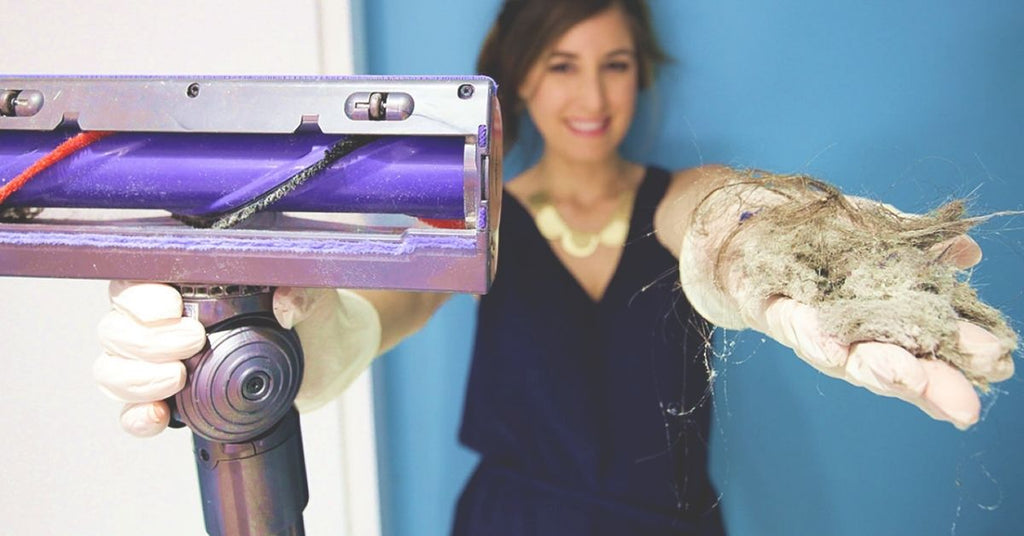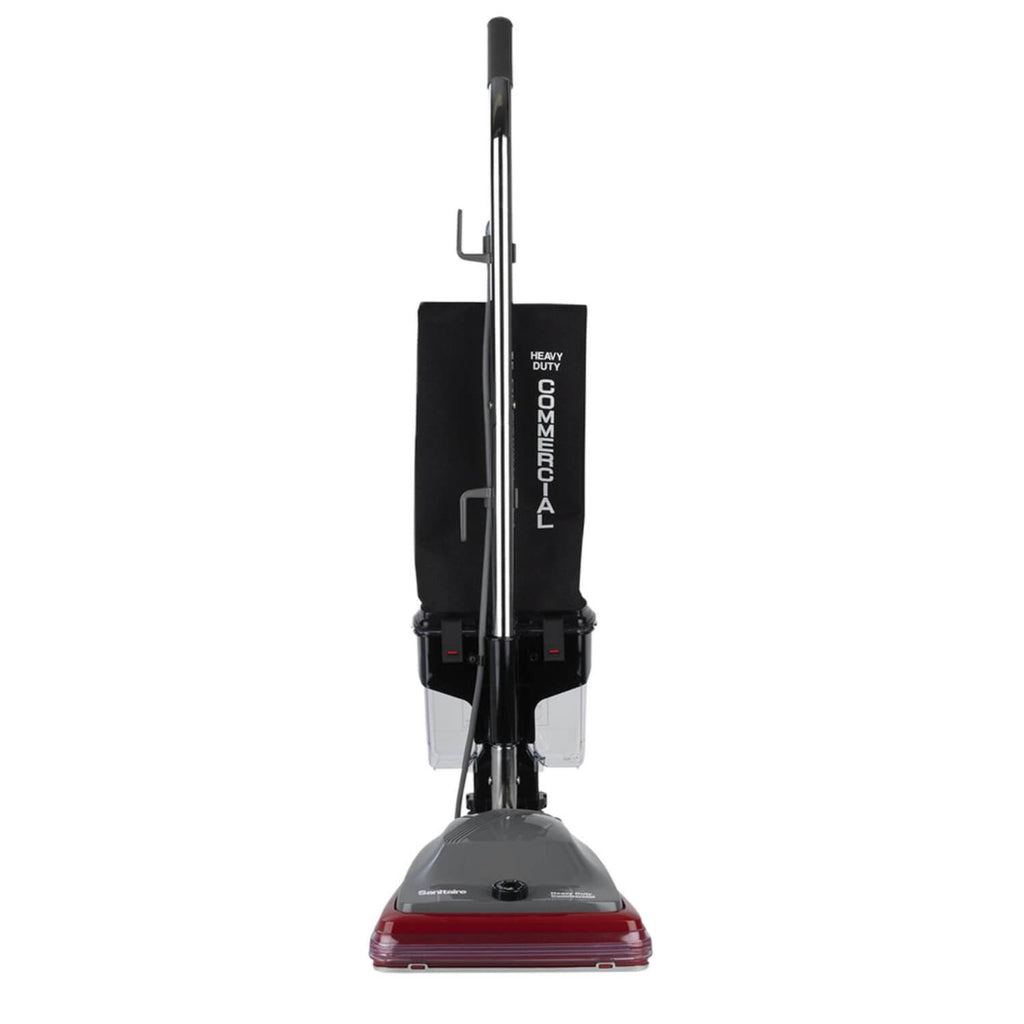Vacuums 101: Fundamentals of Vacuum Technology
Posted by OLIVIA PAYNE

Vacuums 101: Fundamentals of Vacuum Technology
The first vacuum was invented over 100 years ago, and household cleaners have never looked back since.
Vacuum cleaners have completely revolutionized the way we clean our homes. Ask any homeowner and Im sure they would tell you that they wouldnt be able to live without one. I mean, how else would you be able to get all that sand out of your carpet after a beach day?
You might already be familiar with the basic method vacuum cleaners use which has to do with suction. Much like sipping your drink through your straw, vacuum cleaners use powerful suction to draw up dirt.
Today, there are four main types of vacuum cleaners: the canister, the upright vacuum, the handheld vacuum, and the robotic vacuum. Read on if you have ever wondered, how does a vacuum cleaner work?
Whats on the inside of a vacuum cleaner?
Before all else, lets take a look at the six major components that make up a vacuum cleaner and make it possible for it to do its job. Although it might look complicated at first, there are six essential components a vacuum cleaner is made out of:
- An intake port, which can include multiple different cleaning accessories;
- An exhaust port;
- An electric motor;
- A bag or container to store debris;
- Several filters;
- And housing which contains all of these components.
How do vacuums work?
The first, and arguably most important, part of the vacuum cleaner is the suction motor. This is what creates the vacuum pressure and suction power by utilizing a rotating motor fan.
Next comes the brush and intake port. Usually, a vacuum cleaner will come with several different attachments. Each of them are used for different cleaning purposes, like reaching hard-to-get places or different types of surfaces (hardwood floor vs. carpet).
And where is all that dirt and debris going to go? To the dust collector, of course. There are vacuum cleaners which either use a dust bag or are bagless. For bagless vacuum cleaners, they use either a single cyclone or multi-cyclone chamber. Multi-cyclone cylinders are heavier and offer more power, compared to single cyclone vacuums which are typically found in lighter, handheld vacuums.
There are also several types of filters found within a vacuum cleaner. The first filter separates bigger dust particles into the vacuum bag or bagless cyclone. Then, smaller dust particles are filtered out using the micro air filter. Lastly, any finer dust is caught by the exhaust filter which then allows clean air to pass through.
When all of these components work together, the process sounds quite simple. All the dust and debris from your floors or carpet will get suctioned into your vacuum through the hose or brush. This is powered by the electric motor and then all the air being sucked in gets filtered, keeping debris inside the vacuum, while blowing out only clean air.
Now that weve explained how standard vacuums work, lets tackle the next pressing question: how do roombas work?
How Roombas (Robotic) Vacuums Work
Roombas are small robotic vacuums that are able to direct themselves around your home. Just like a standard vacuum, they use suction power and spinning brushes to pick up dirt.
Roombas also feature side-mounted brushes that push dirt underneath itself so it can get sucked up by the actual vacuum, which is then stored in a container that you need to empty out yourself every so often.
Roombas are able to traverse your floors by using two large wheels. The wheels are powered separately and can move independently from each other. This allows the Roomba to have 360 degrees of free movement on the floor.
When your little Roomba is running out of juice, its actually smart enough to go back to its charging dock where it will station itself until its batteries are charged. It also has a bunch of onboard sensors that are able to detect dirt, and avoid obstacles.
The company that makes Roomba, iRobot Corporation, refers to it as a vacuum cleaning robot which is a pretty succinct description. While it does have some autonomy and built in artificial intelligence, it mostly relies on pre-programmed instructions in order to function properly.
Watching a Roomba do its job can be fascinating. But many would describe its movements as, well, random. And that is because they sometimes areor at least, traditionally were random. Roombas were programmed to move in two different patterns: wall following and random bounce.
In the wall following pattern, a Roomba will go around the perimeter of a room, brushing and cleaning along walls and in corners. During random bounce mode, Roomba will go in a certain direction until it hits an obstacle, and then it will bounce off and head towards a different direction.
Another cool innovation of the Roomba is that it uses infrared cameras to map out your home. This is known as Vision Simultaneous Localization and Mapping or VSLAM. This allows it to understand where it is going or where its been, and ultimately allows it to clean more efficiently. This also lets the Roomba pick up where it left off if the battery ran low during a cleaning session.
The latest models of the Roomba can connect wirelessly to the internet letting you program or set up cleaning schedules from your smartphone or tablet using a simple app.
Vacuum Cleaner Market is Your Vacuum Expert
Technology is always evolving, and in the future we are sure to see even more innovations when it comes to how we clean our homes. Maybe the next Roomba 2.0 will be able to cook dinner, finish the laundry and iron our dress shirts. We can only hope!
If you have any questions about vacuum technology, you can contact us here. Or if you are looking for top-of-the-line vacuum cleaners, take a look at our extensive collection by need, type or brand.
SHARE:



